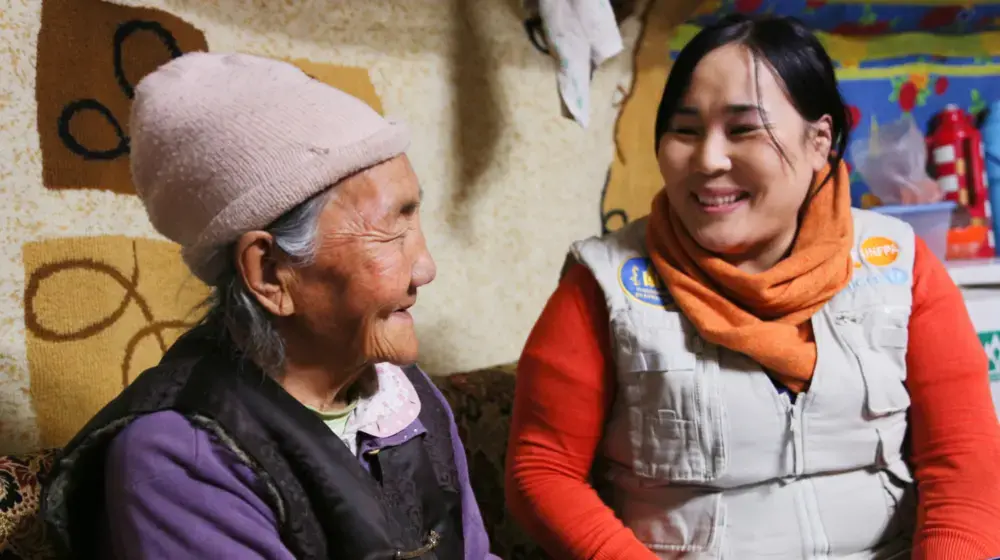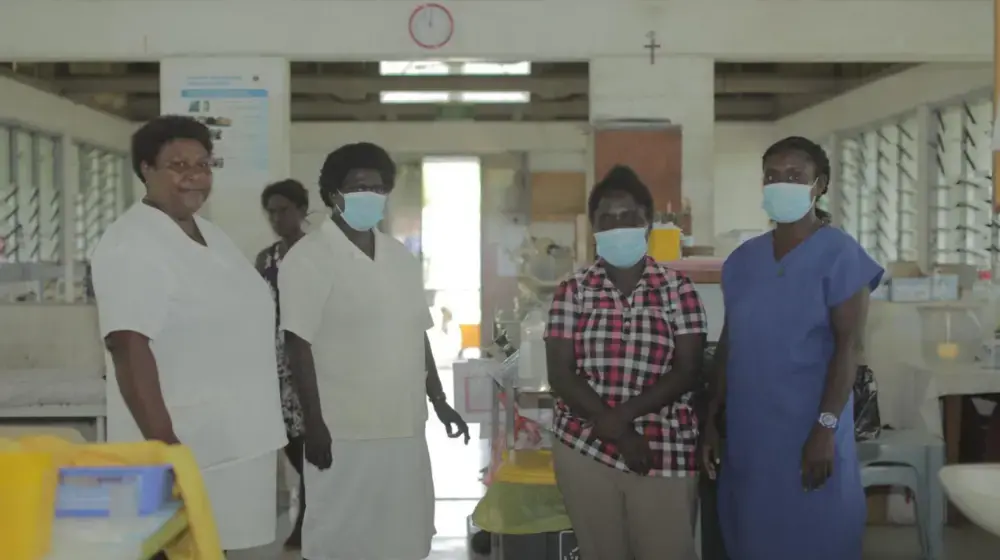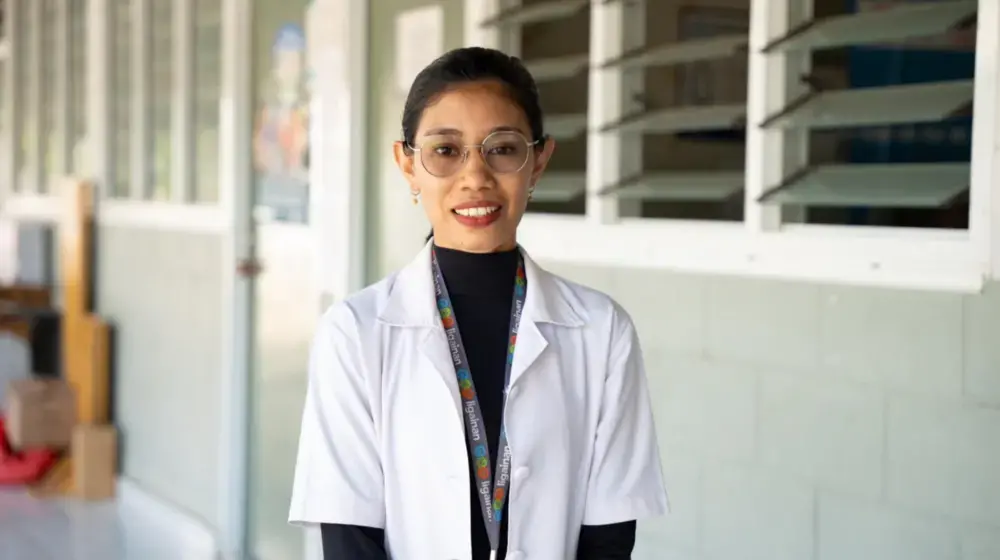New York - One in two men said they had used physical or sexual violence against an intimate partner, one in four reported having raped a woman and one in 25 admitted to having participated in gang rape.
These are among the shocking preliminary results of a study by a joint UN programme that surveyed more than 10,000 men on their use and experiences of violence against women and girls in nine selected sites across six Asia Pacific countries (Bangladesh, Cambodia, China, Indonesia, Papua New Guinea and Sri Lanka).
The new research was presented at a side event for the 57th Commission on the Status of Women (CSW57) on 8 March, titled "Why do men use violence and how do we stop it? New evidence on men's use of violence against women and girls and its uses for enhanced prevention," which was co-sponsored by the Australian Government, Government of Sweden and World Health Organization.
The preliminary findings stem from a study to be released in July, which will represent the largest cross-country comparable data set on men's use of violence in Asia-Pacific to date. The men surveyed were asked about their childhoods, relationships, health, sexual practices, gender attitudes and use of violence against women and girls.
A preview of the research was presented by James Lang, the Regional Programme Coordinator of Partners for Prevention, which is administered jointly by four United Nations agencies – UN Women, the UN Development Programme (UNDP), UNFPA and UN Volunteers – all of which presented statements at the side event. In addition to working with national partners on engaging men and boys in programmes that address gender-based violence, the programme seeks to understand the underlying drivers of violence and point to more effective ways to prevent violence from happening in the future.
Read the full story on the UN Women website




